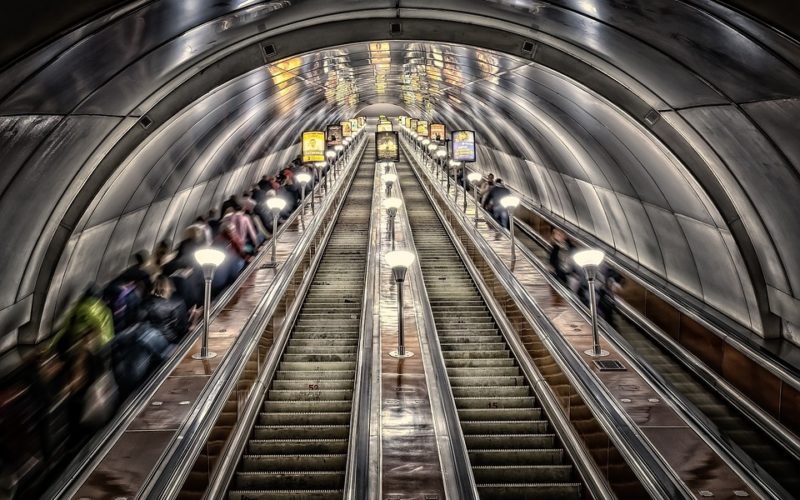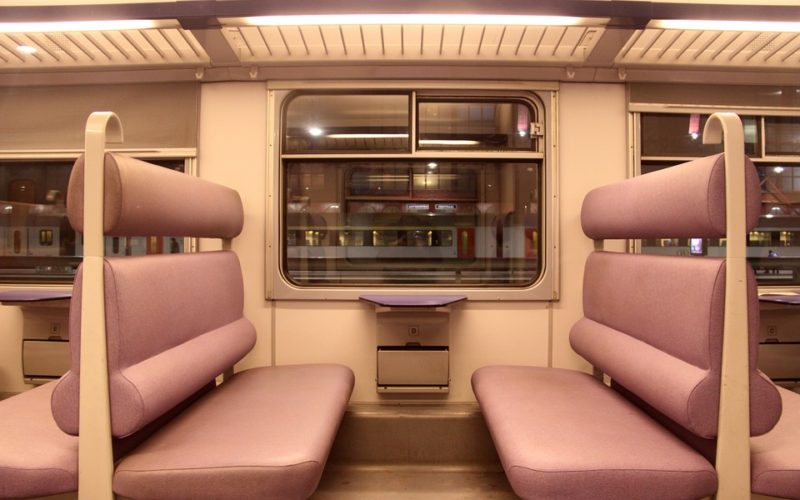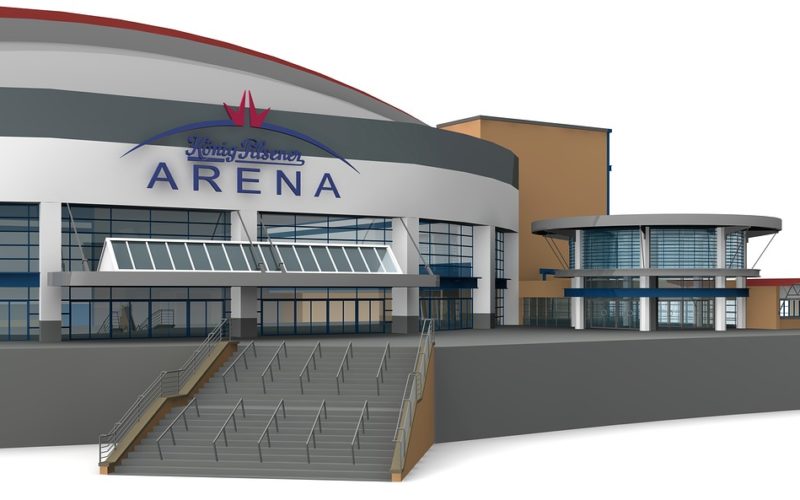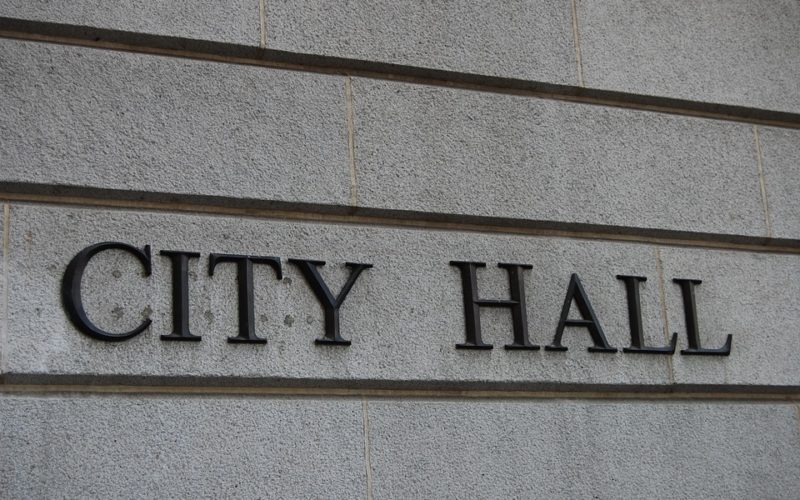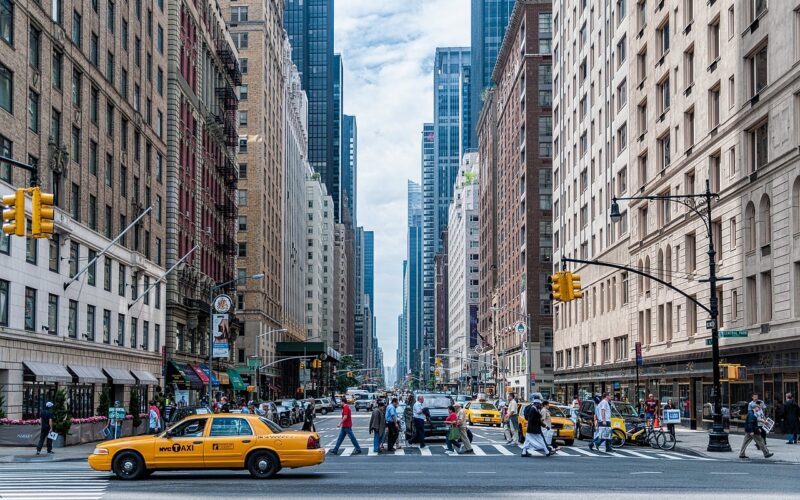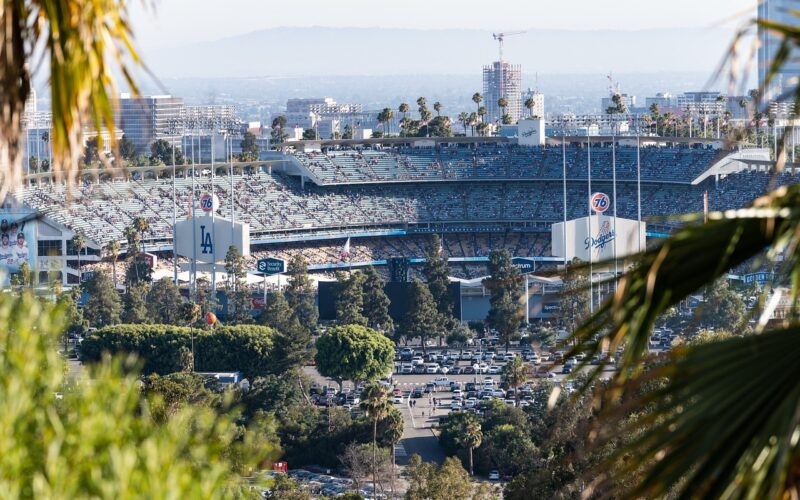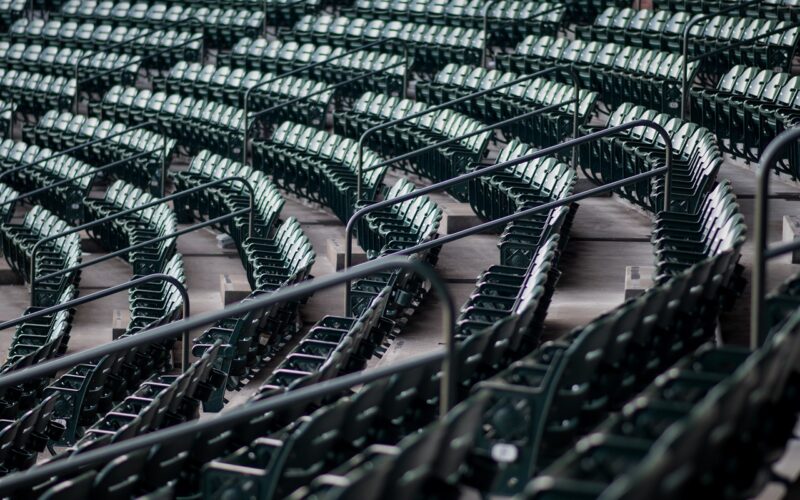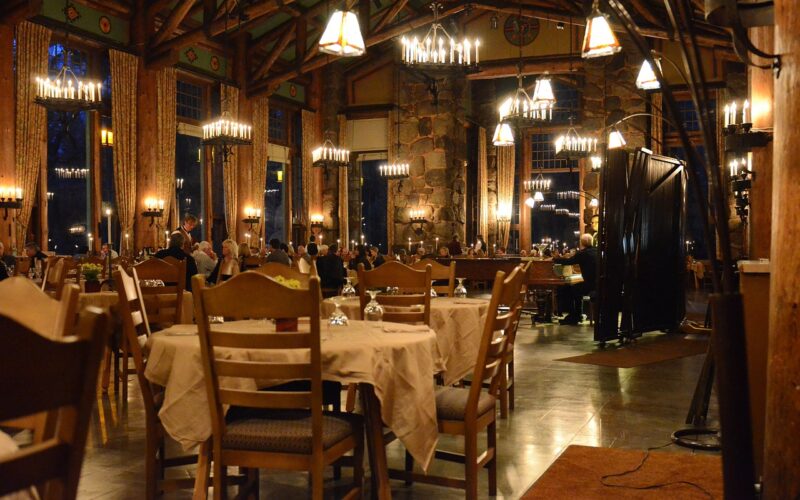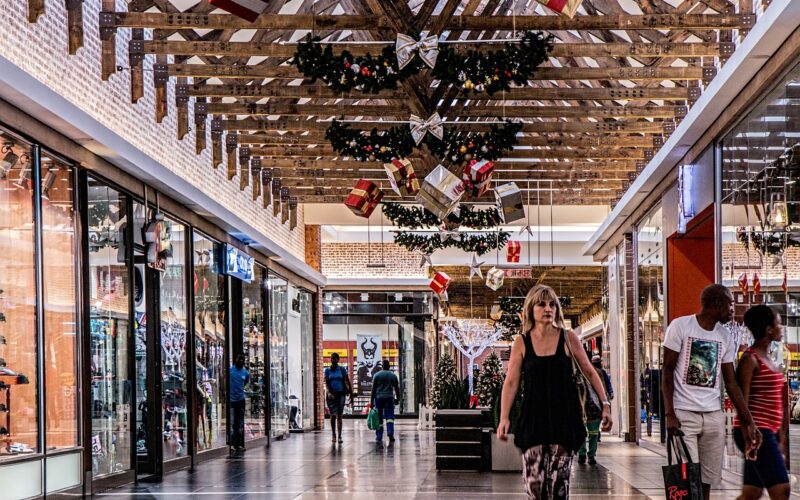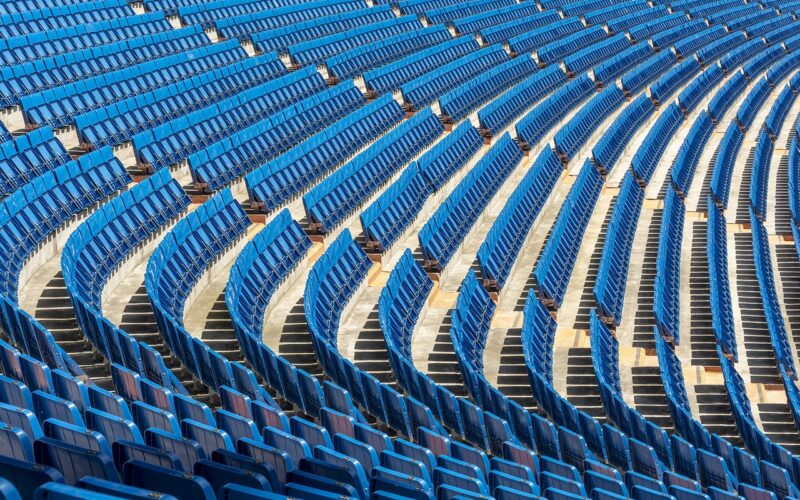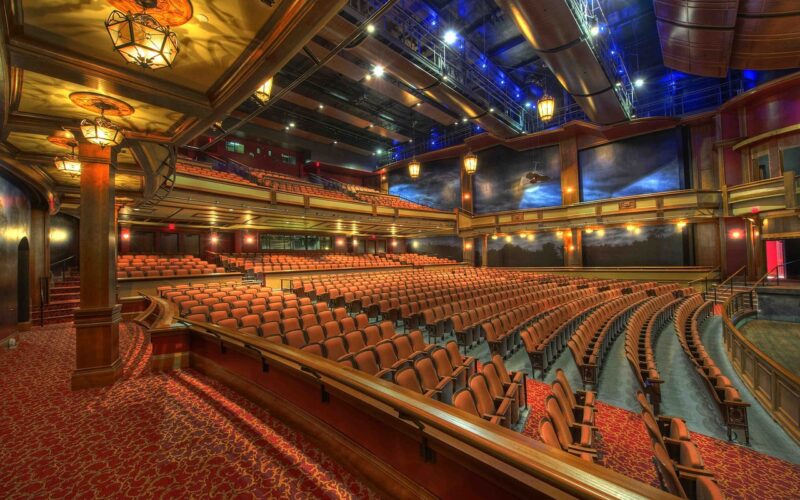Moving the Crowds
Large events are an important source of revenue, but being able to host a large group of people takes plenty of planning. An arena might only have one or two large events per week, but they will often be packed. If people find it takes hours to get in and out of the area, they will tend to stop buying tickets. Moving the crowds successfully takes a hard look at the numbers, and it can mean changing local roads to accommodate them.
Public transportation is often used as part of the planning for people to get to a local event, but it must be convenient if they are to use it. Adding a rail spur or station to a nearby line could be the answer, but simply offering a local bus route might be less expensive in the long run. These are questions that can only be answered by traffic studies, and the local population is often asked to participate in them. They will be given several different scenarios for travel to and from events, and their answers will help the planners decide what will work best.
Driving with friends has long been a way for people to attend special events or sports competitions, but it can be difficult if there is not enough parking. Many new arenas are built with this fact in mind, and some of them have added parking garages to their plans.
Getting the crowds to a venue might require local roads to be added, and this can be difficult if it is built inside the city center. Planning for days when there are no events is just as important, so many cities now draw up plans to change street directions for the duration of an event. It is a measure that will save them the expense of building new roads, but it will help crowds assemble and dissipate quickly.
